
Khaatumo: The Intifada State of Somalia
In Somaliland schools barely a dozen miles apart each as if they were on the opposite sides of the globe. Somaliland’s two main tribal groups give children a vastly different ethnocentric education. Stories in the eastern tribe in Somaliland contains apart in which a main characterhave refused Europeans to partition Somalia. At the time, Ethiopia, Italy and British compensated one another for a vital Somali grazing land while indigenous nomadic tribes are oblivious about intruders dividing up their lands for themselves.
One leader that steps forward by refusing re-entry tax to northern Somalia was Sayid Mohamed Abdulla. Dismissively, colonists refer to him as “Mad Mullah” by his incites full voice. “If the land is yours,” he alliterated through his poem, “why not you the government. If Islam is your religion, why do you submit to infidel over our lord?” In 1890 He had to flee to eastern tribe in which he finally inspired Dervishes, a name given to his freedom fighters.
This is where harrowing tales being transmitted to the eastern children in Somaliland, and the climax in the story’s narratives culminated in that the formidable Dervish forefathers defeated the first multinational-colonial coalition forces. The Entente powers with their allied western tribe no longer had the stomach for fighting. In 1920, major expedition combined air, ground, naval forces, with the air in command was dispatched for the first time its kind to East Africa, Taleh state house, a place reminiscently is now laid the foundation of Khaatumo State of Somalia in 2012. Villains in the tales included characters from western tribe who aided colonists, what the dervish tribe and many historians call Eastern tribe genocide occurred.
Needless to say, Sayid Mohamed, the leader of eastern tribe, was one of the major figures behind Somali nationalistic movement. In contrast to Eastern tribe, the western tribe however counters Easterner’s heroic themes by victimization anecdotes that meted out to their tribe by the late Somali dictator during 1980s. It is true; so are other mutiny tribes in south .
A civil war-era plane monument in the center of Hargeisa epitomized the “mechanized triggers” that incorporated harmoniously on the walls of the paper plane, and the mural of depiction is dead bodies, amputees, frightened women and children, and elders whose over their head are pictures of Somali-air forces dropping bumps on them continuously.Victim’s mood of mural one may discerns a dire calamity, and their mouths and facial expressions one perhaps imagine victim’s words like why did this happen to me? It is at your fault since you united with south of Somalia. The innuendo inscription of this architecture suggests implicitly to the victims.
The mural’s depiction has denied the victim’s self-worthiness and recovery process for twenty years. The project’s aim and its theme are eventually set the de facto Somaliland on a path toward fundamental change. It is evident that the policy doesn’t achieve its intended objectives and also produced unintended consequences. The problem confronted by any newly formed group is often how to legitimize the group and the interest represented rather than how to legitimize a particular position. the theories of the secessionist proponent argue that the demographics of the place was a British sphere of influence and thus a local population have developed a different identity than the Italian colony in the south of Somalia. The unionist critique for the secession is that the colonists had illegally conquered homogeneous ethnic Somalis that united later legally with consent of the people in 1960s.
Both sides are indoctrinating their children not to give in an inch to other side. When the union of the southerners and northerners of ethnic Somalis emerged, the modern Somali state recognized Dervishes resistance force as a national heroes and played vital roles in the union.
In 1969 dictator Mohamed Siyad bare overthrew the civilian government following the assassination of elected president, Abdirashid Sharmarke. Consequently, militias that seek power through the barrel of the gun mushroomed in Somalia and prominent rebel groups included among others Somali Salvation Front (SSDF) that drew their support from Puntland clan and Somali national movement (SNM) is led exclusively by the secessionist tribe in Somaliland. Having failed to unite an umbrella opposition, this clan liberation movement becomes the vehicle through which clans came to articulate their local interest.
Unlike SSDF, SNM however claimed with a flimsy justification other tribe’s area, but they have been perceived occupiers or SNM settlers. Grad Ali, the grand chief of easterners and the most influential politician, who was in exile in Jidda, the birth place of SNM movement, had he been invited to the group interest, the bad blood between Somaliland tribes perhaps could have been repaired but going it alone attitude mad SNM appear, if not actually become, more radical. having being excluded in Djibouti Somali conference in 1991, SNM radical flank declared de facto Somaliland and moderates including Abdurrahman tuur, the head of the SNM and later became the first head of Secessionist, had a hard time countering the radical’s argument and he was finally defected to the unionist camp.
Radical groups in the SNM often used contradictory rhetoric especially when uncertainty over the secession by mobilizing the base towns (hargeysa, buro ) that often employed the infamous political catch phrase that the land is permanent and people are impermanent creatures in which implies a forceful removal of the unionists from their homes. In another times they speak a democratic value in Somaliland despite three political party (no competing middle class interest but only clan based), president, speakers of two houses, and a chief justice belongs to SNM and its adherents.
This rhetoric, enshrined the notion of the land for peace made easterners in Somaliland to fight every inch of their land and the battle of Buhodle region that claimed recently more than a hundred militia in this week had shifted from a question of the removal of two-third Somaliland population to inescapable conclusion that unionists tribes are not leaving. Now that the central characters “mujahid” for SNM and “dervish” for Sool, Sanag Cayn (SSC) is designated heroically to both the fallen and alive tribesmen respectively, in which further alienated the communal shared interest needed to govern a defined territorial boundary.
Thus de facto Somaliland state is often limited to SNM tribe and the entire SSC areas and subpopulations within the territories of the state remain entirely out of reach from the coercion and secession policy. Also the state’s capacity to foster development in SSC has been non-existent for twenty years. The state formation and state building become a monumental task for groups located in Hargesa, the seat of the secessionist albeit SNM emerged with the end of Somali state as the most influential player in Northerners. Having lost the monopoly of legitimate force and physical territories of the state, secessionist state in Somalia lacks attributes of the natural processes of state formation while the unionist in the Somaliland have little faith or trust in the dominated SNM tribe that sanction in the
1916 Skeys-picot agreement that divided ethnic Somalis into five regions.
Meanwhile SSC has adopted a bandwagon policy and adjusted their aims accordingly in order to ensure their security within British colonial northern Somalia during the era of twenty years of mayhem in Somali peninsula. The Eastern region though is necessarily embedded in the wider Somali peninsula, particularly adjacent clans located in both Somali-Ethiopian regional state and southern Somalia, Puntland state in which SSC from de facto Somaliland shares both affinity and consanguinity with them.
In 1996 a balance of power of Somaliland with Puntland state creation has ended the dream of secession. Having affiliated or annexed their territory within Puntland state geography, SSC relinquished them from the hegemonic power of secessionist state. One the most significant events of the 2000s de facto Somaliland forces took SSC capital city, lasanod, and puntland state tacitly accepted the status quo of the city as a disputed place when a serious of brutal policies, such as firing on civilians or breaking bones by police of anyone suspected throwing stones become a harsh reality of the inhabitant of city. SSC people saw Punt land as unresponsive and remote to the situation in the city, and betrayal in the part of Punt land results a disaster for public relations between SSC and Punt land state.
Given the aforementioned circumstances, it is not surprising that the intifada state, khaatumo, have already demonstrated a high moral and economic cost of the occupation in their city because where there is a balance of power, there is uncertainty as to whose threats are more potent. For twenty years of prevailing peace in Somaliland is contributed to fact that the unionist hadn’t been risk-acceptant while the secessionist had been risk averse. Today Khatumo and Somaliland war in Buhodle district not only led to the opportunity for Ethiopians benefit but also the al-Qaida operation in Somaliland, not to mention terrorist and piracy group have already gained a foothold in Puntland.
The two states are dangerous in terms of measuring stability of the region since any gain made either of one them is a loss for the other. Puntlanders and Somalilanders went wars over border issues and exchanged POW in the number of times. The situation is perilous since minor issues are likely to be contested. By introducing a third entity between them, like Khatumo state of Somalia, alliances is constantly shifting and each of the three is unsure which of the other poses a threat. Communal conflict therefore erupts only from large issues. To underscore this point, what one might want to add to purely restructuring the region is a notion of whether Punt land and Somaliland accept the independence of Khatumo State.
The established tribal enclaves get what they want and the weaker enclaves are not. Indeed one of the remarkable features of these enclaves is to defend collectively in their area from the other adjacent predatory tribe even though they have no disciplined army, no revenue and no productive subjects. Any clan enclave that has local dynamics to achieve a measure of security and stability qualifies a dual-track policy, which Punt land nor does Somaliland’s frustration has a power to stop them.
Abdirashidflag
Leave a comment
| Copyright © 2009 - 2025 Sunatimes News Agency All Rights Reserved. |
| Home | About Us | Diinta | Reports | Latest News | Featured Items | Articles | Suna Radio | Suna TV | Contact Us |
 2
2 



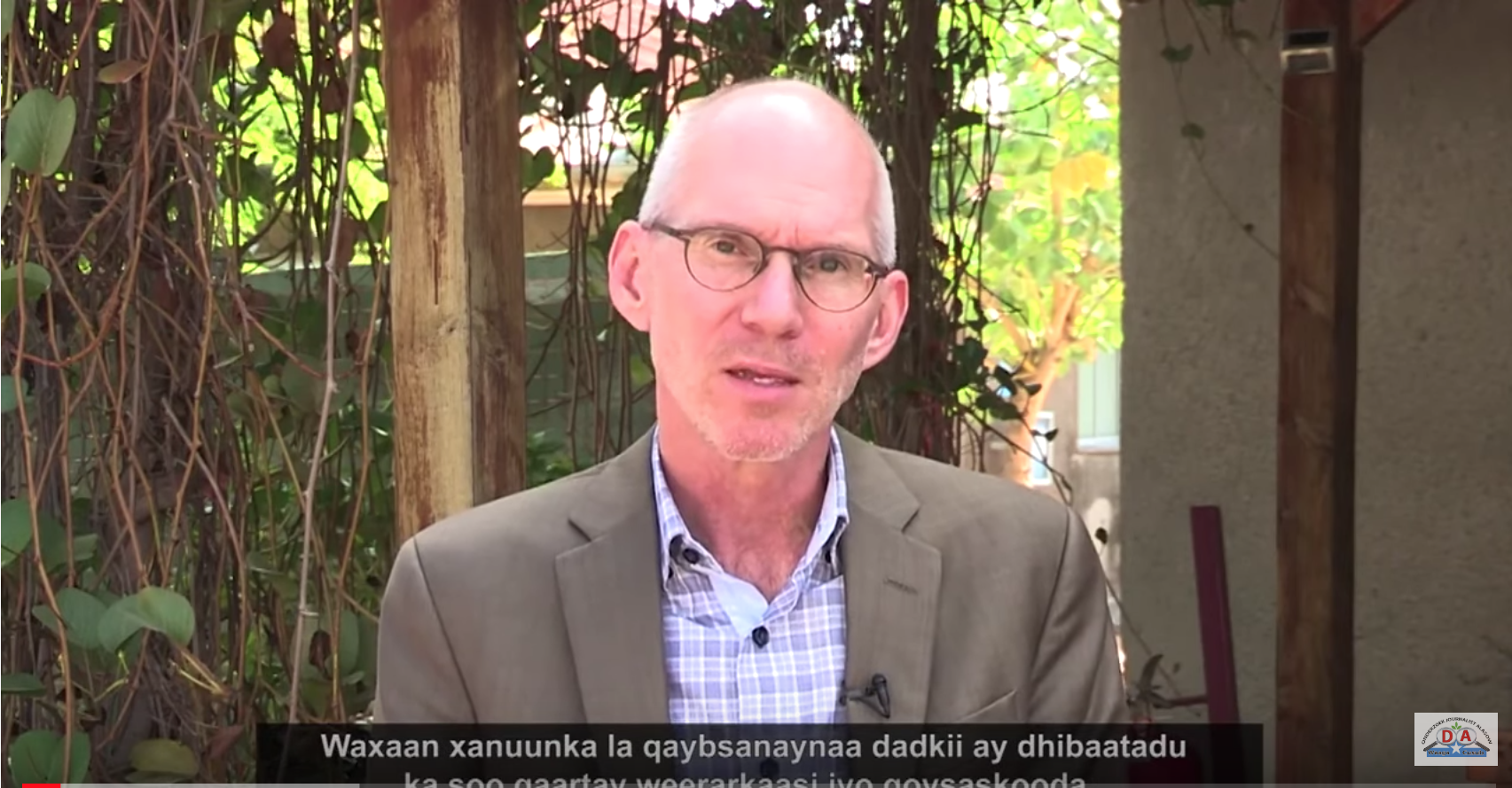
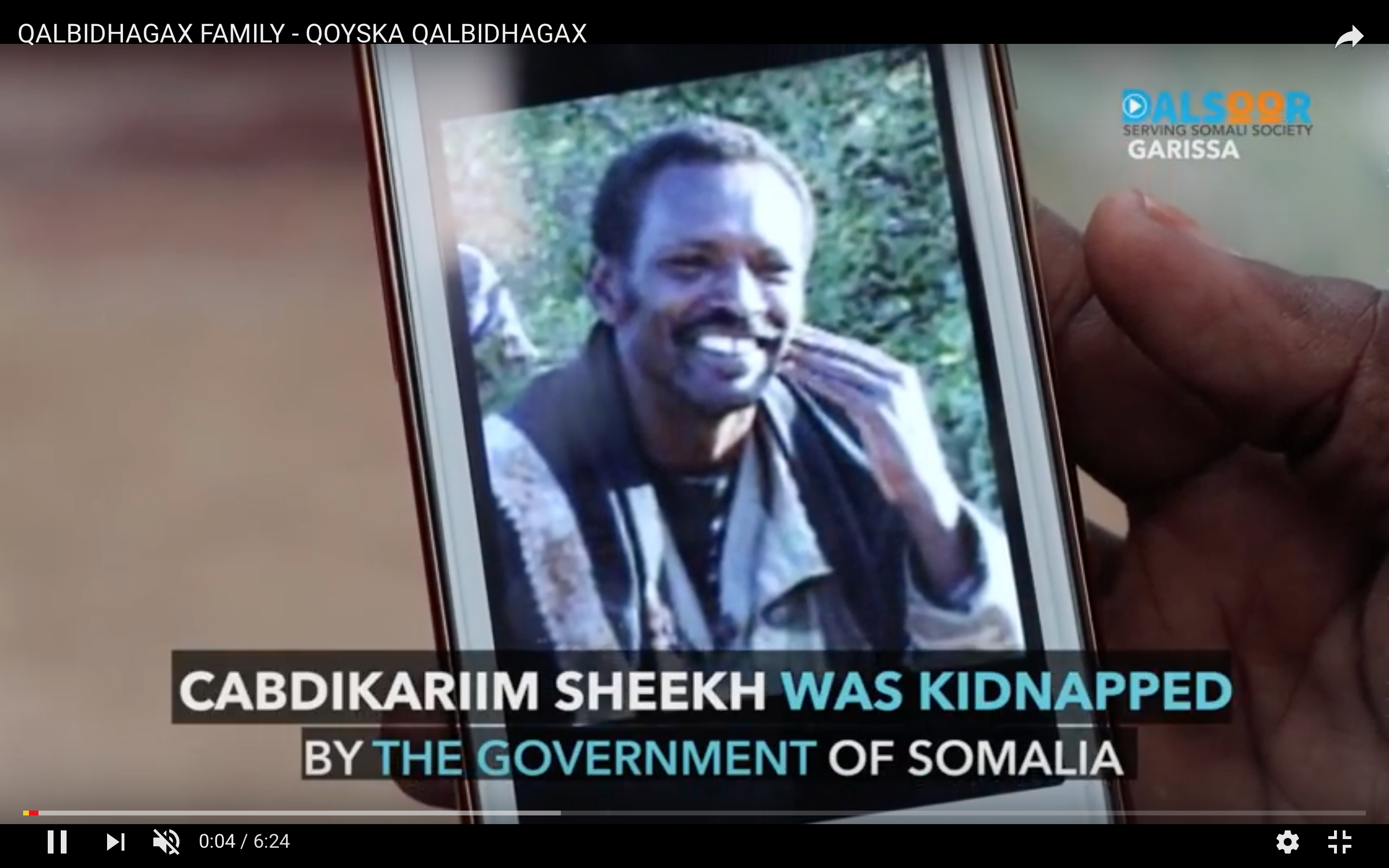
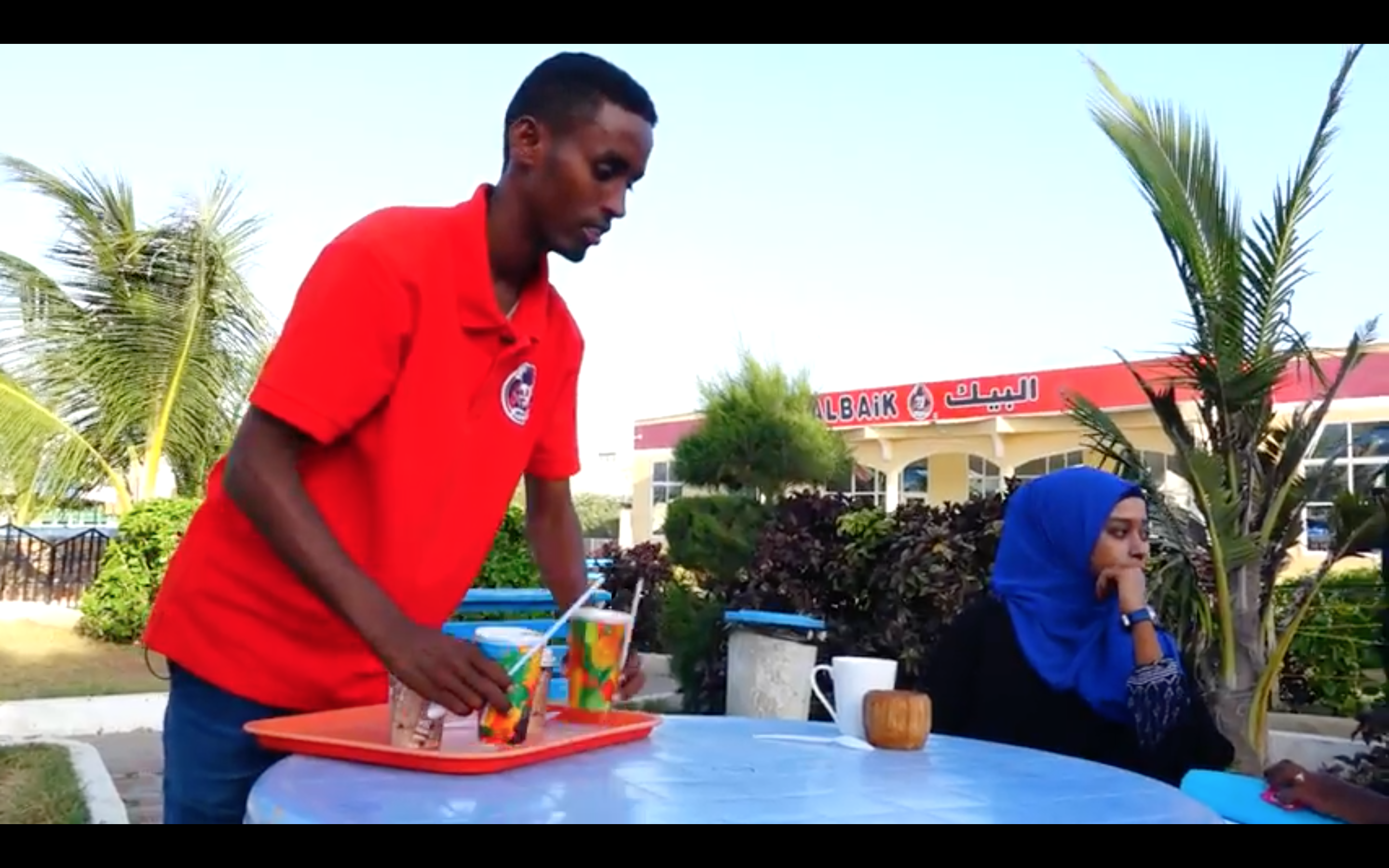
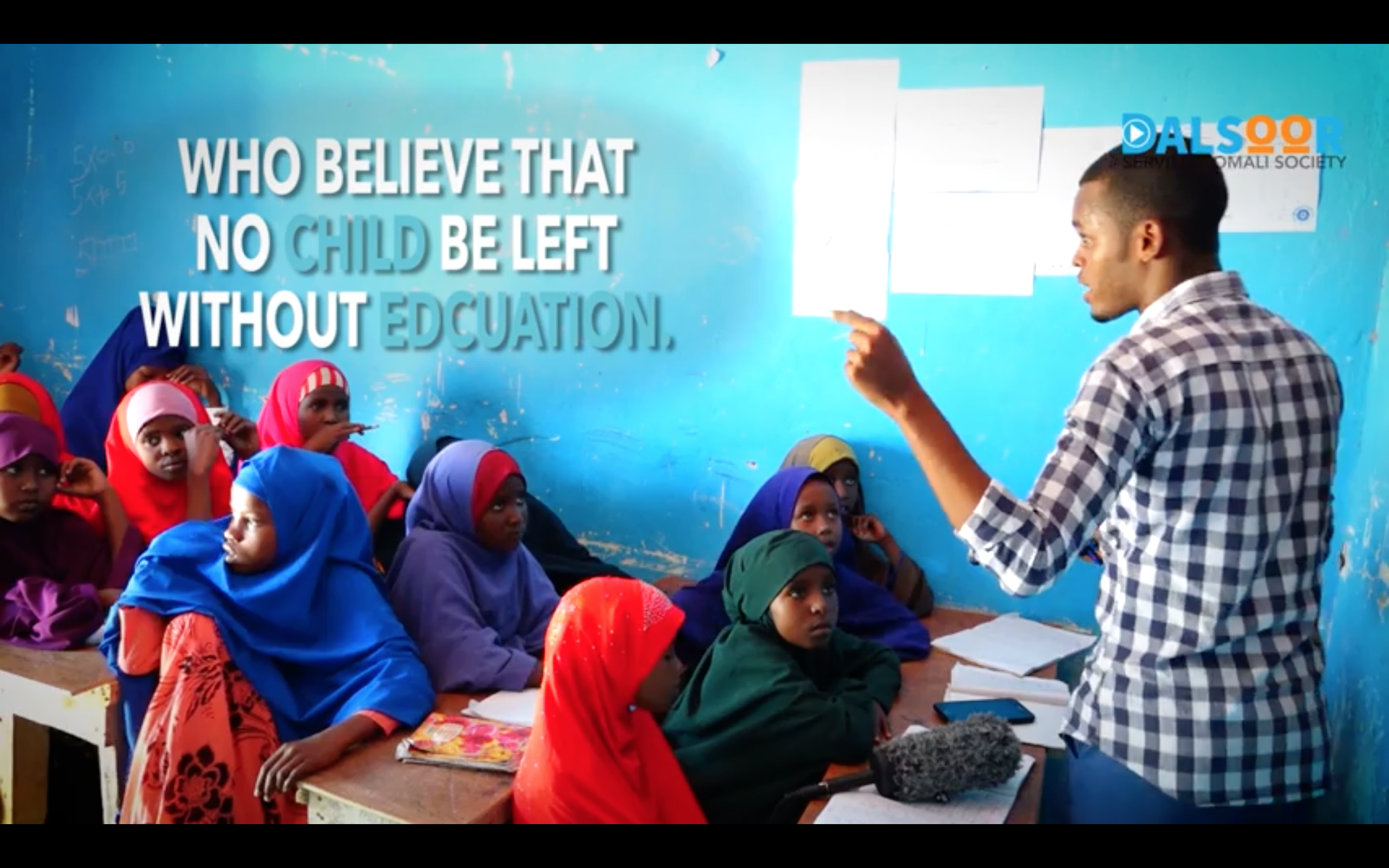
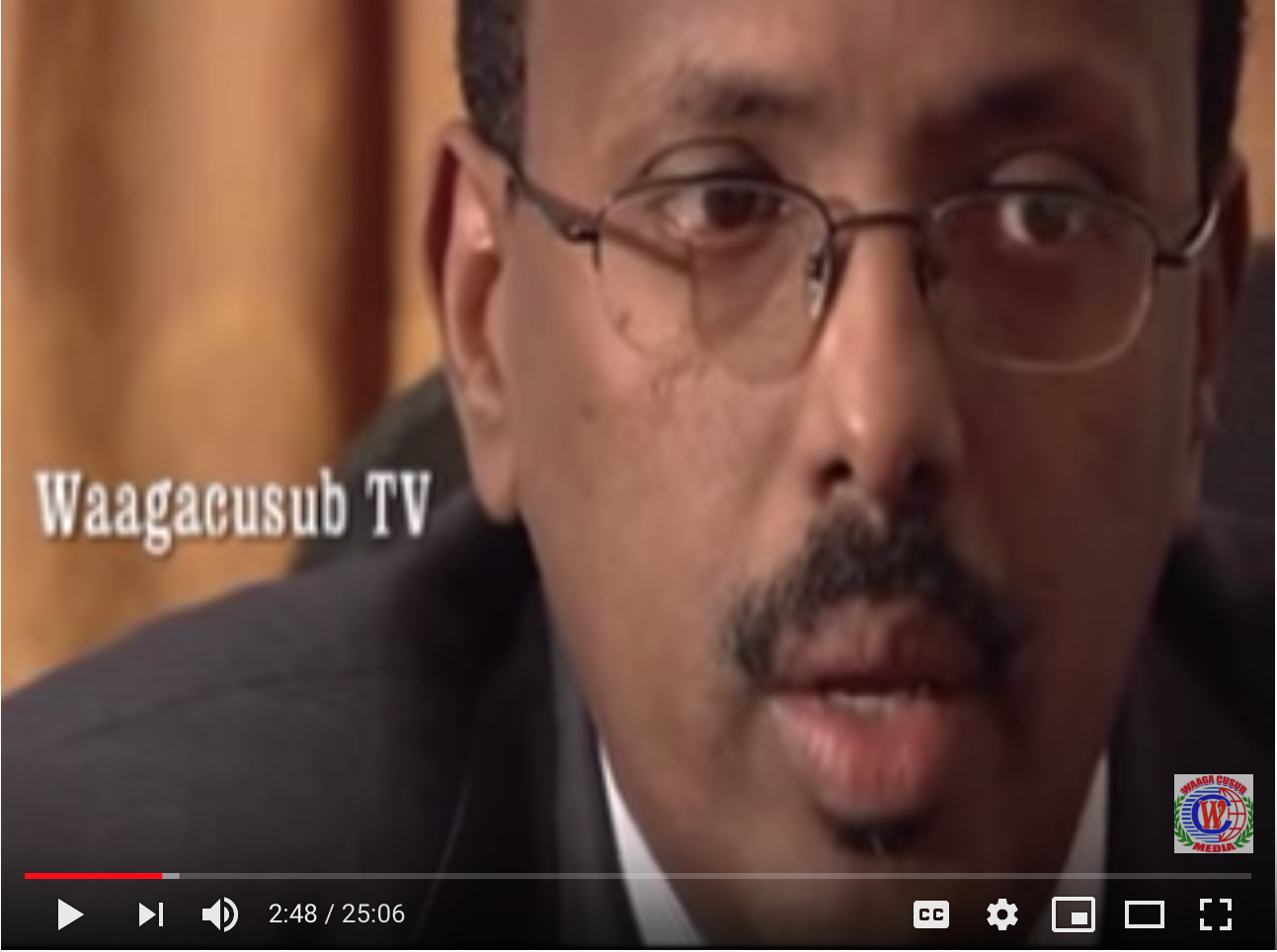

Khaatumo: The Intifada State of Somalia
A civil war-era plane monument in the center of Hargeisa epitomized the “mechanized triggers” that incorporated harmoniously on the walls of the paper plane